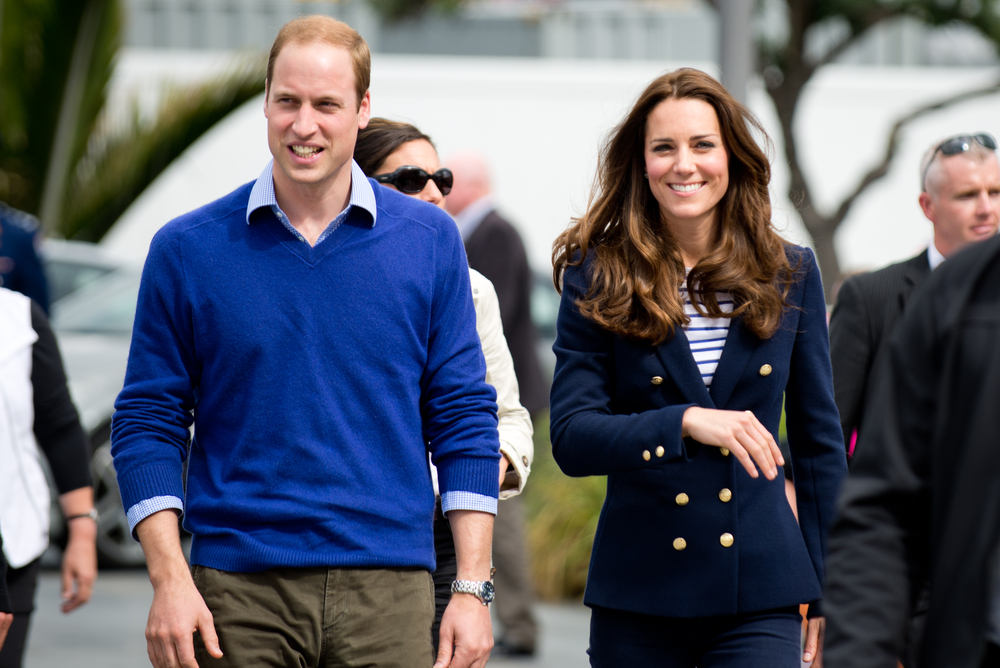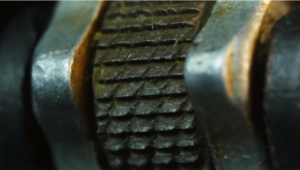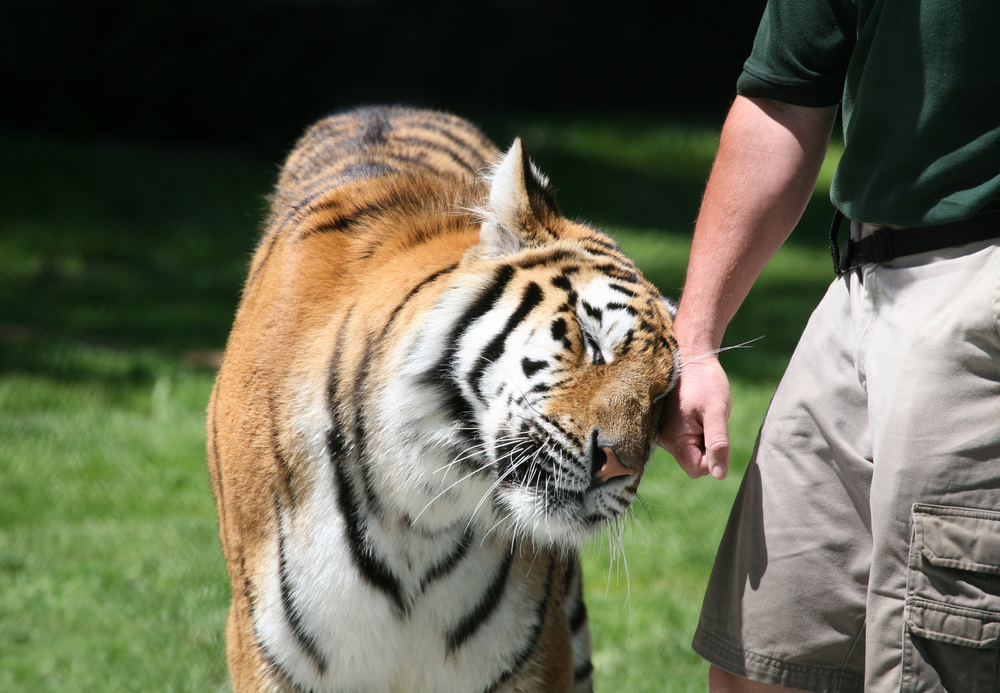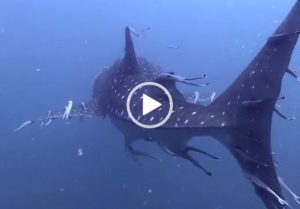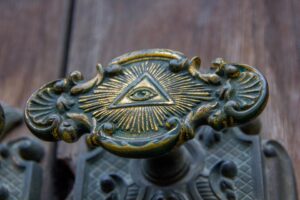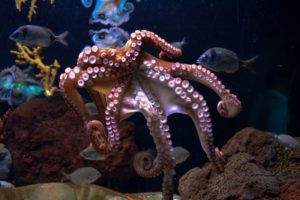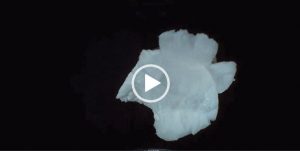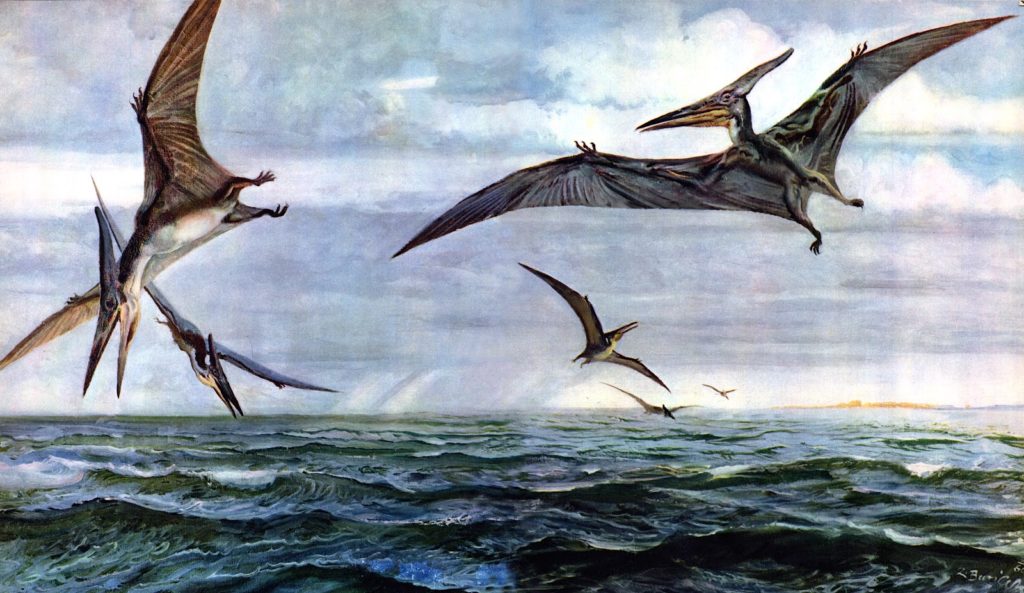 It looks like this dinosaur just moved up the pecking order. The discovery of several fossils belonging to a small ostrich-like dinosaur called Limusaurus inextricabilis (inextricable mud lizard) has given researchers a clue to the origin of modern birds’ beaks. A total of 19 skeletons of the dinosaur have been found in mud traps in China’s Xinjiang province. They have been dated to about 159 million years ago, during the Jurassic Period.
It looks like this dinosaur just moved up the pecking order. The discovery of several fossils belonging to a small ostrich-like dinosaur called Limusaurus inextricabilis (inextricable mud lizard) has given researchers a clue to the origin of modern birds’ beaks. A total of 19 skeletons of the dinosaur have been found in mud traps in China’s Xinjiang province. They have been dated to about 159 million years ago, during the Jurassic Period.
With the unusual luxury of comparing remains of all ages, from baby dinosaurs to adults, a team from China and the US has pieced together a remarkable change that occurred as Limusaurus grew up. They found that the young dinosaurs had teeth, but by the time the animal reached its adult size of 1.5 metres in length, all of its teeth had fallen out leaving behind a bird-like beak.
“This discovery is important for two reasons,” said lead researcher James Clark. “First, it’s very rare to find a growth series from baby to adult dinosaurs. Second, this unusually dramatic change in anatomy suggests there was a big shift in Limusaurus’ diet from adolescence to adulthood.”
It seems likely that the young Limusaurus enjoyed a diet that included meat, but the mature animals were vegetarian and so didn’t need sharp teeth to cut through flesh. This is also backed up by changes in the mineral content of the animals’ bones. At first sight, modern birds seem different from our mental images of dinosaurs. But as we learn more, it seems that some of the extinct beasts closely resembled our garden visitors.


































